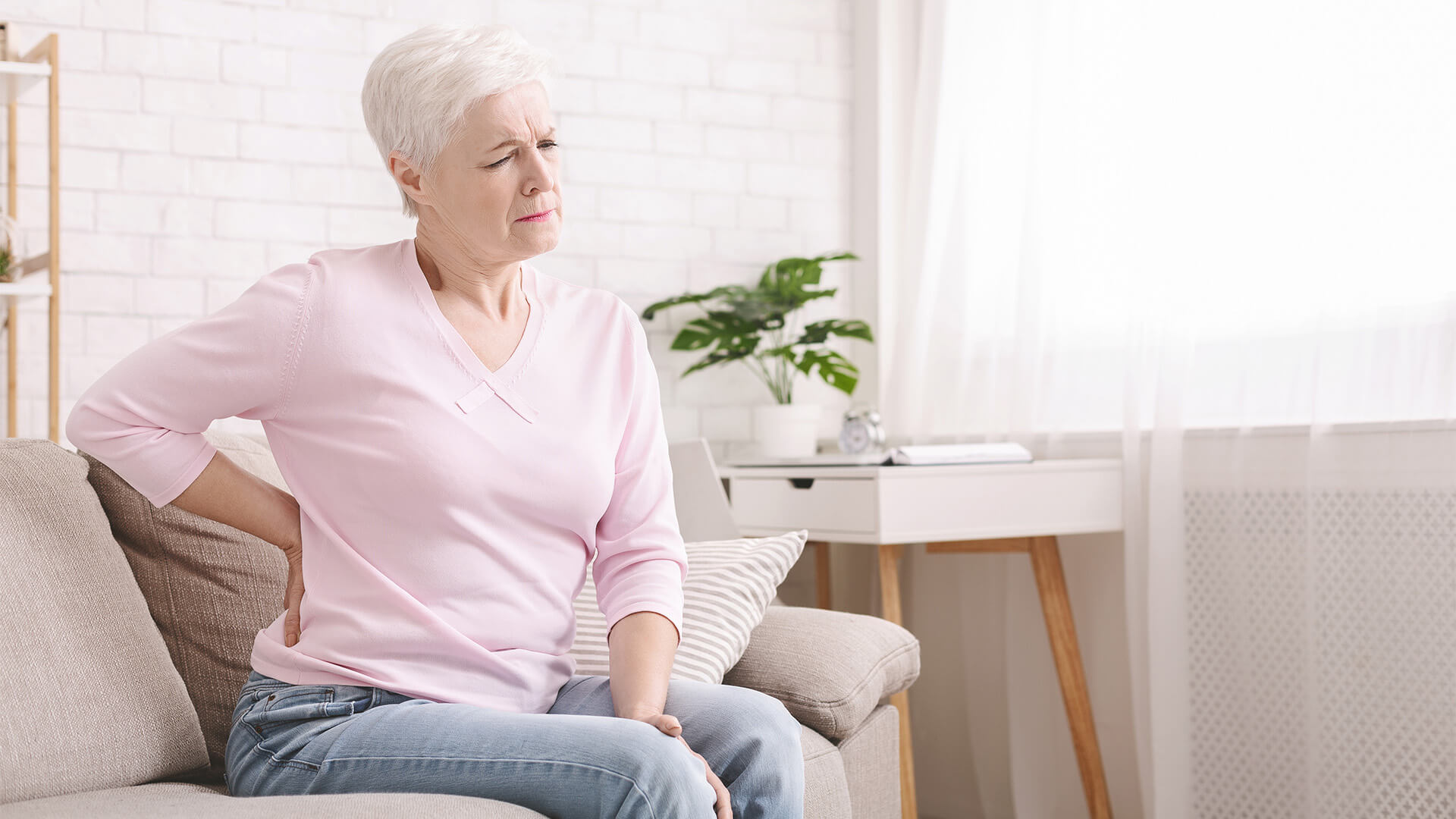
As we get older, it’s only natural that we encounter the odd ache or niggle every now and then. You wouldn’t be alone in experiencing these little maladies either, in fact, over-the-counter (OTC) pain relief treatments in Great Britain, in 2020 alone, amounted to £658.5 million in sales.
People aren’t only using over-the-counter treatments either. The global market for non-opioid pain relief devices is expected to balloon over the next decade. It is predicted to increase from a £1.7 billion market in 2018 to a £3.8 billion market by 2029. Clearly, people are seeking out alternative and at-home remedies for treatments, and that will only increase in future.
With winter at its peak, and the days slowly getting longer once again, now is the perfect time to start taking charge and find some ways to help combat your aches and pains. While OTC treatment is important, having a few tips on managing your aches can be a helpful addition to your routine. So, in this article, we’ll discuss a few of the common problems you might have in your senior years and how to deal with them at home.
Combat the cold weather
The UK is no stranger to cold weather. But, as we leave the festive season behind us, it may surprise you to learn that January and February are often the coldest months of the year for the nation. When the cold weather sets in, it’s not uncommon to experience some discomfort, chalking up the aches and pains as simple side-effects of the season.
Many will rush to spend the winter tucked under their duvets to avoid the drop in temperature, neglecting daily exercise routines in the process. However, this isn’t the best way to combat the cold. If you’re experiencing some discomfort over winter, rather than hunkering down under a blanket for the day, doing some light exercise can help to keep your body in tip-top condition.
There’s no denying that slipping into bed or upping the thermostat are both tempting options, but daily exercise will ensure that you maintain your strength and mobility right through to springtime. Take up some indoor activities, such as yoga, Pilates, or simply walking on the spot. If you’re living with a partner, why not get them involved and try some dancing together? You don’t have to do anything too strenuous but staying active will do wonders for your joint pain during the winter. Then, once you’ve stretched yourself out a bit, you can get tucked back under your duvet!
Alternative treatment
Discomfort in our joints is one of the most common types of pain that we experience, especially in the latter half of our lives, and it can occur any many places on the body. For example, 80 per cent of adults aged over 45 suffer from knee pain. Joint pain can be more difficult to manage in later life, especially with the onset of conditions such as osteoarthritis and inflammation.
Given the prevalence of joint pain in the population, it’s no surprise that many people are seeking simple yet effective methods of dealing with joint pain. You should always check with your GP before using alternative treatments for pain, but once you have, laser therapy can be a useful supplement to OTC pain relief. Low-Level Laser Therapy (LLLT) works to improve circulation, reduce inflammation, encourage healthy cell growth, and more.
What’s more, at-home laser therapy devices means that you don’t even need to leave your home to alleviate some of your symptoms. This way, you can stay comfortable when targeting those painful areas.
Eat well
Along with joint pain, arthritis is a condition that affects many – senior citizens in particular. There are OTC methods to help symptoms, but it can be beneficial to make some changes at home to combat arthritic pain. In particular, dietary changes can make a difference in your symptoms.
To fight joint inflammation, fish oil has been found to be effective for easing cases of rheumatoid arthritis. So, if you’re looking for a dietary fix to ease some of that stubborn joint pain, fish and other seafood might come in very handy. Turmeric is also known to have anti-inflammatory properties, so it may come in useful to incorporate into your meals. Why not try adding it to a soup?
Knowing what foods to avoid is just as important as knowing what to go for. If you’re suffering from arthritic pain, it might be worth cutting down on your added sugars and processed meats. Also, keeping your alcohol intake low will help. Ensuring that you’re putting the right foods into your body and keeping the wrong things out is a simple way that you can keep your body ticking along with as few niggles as possible.
Aches and pains can be incredibly frustrating, and managing them can sometimes feel like a chore. However, dealing with those pains needn’t be such a hassle, and there are plenty of at-home remedies to ease the pain. We hope this article helps you settle those lingering niggles, whether that’s joint pain or winter discomfort, so you can spend the year pain-free!



















